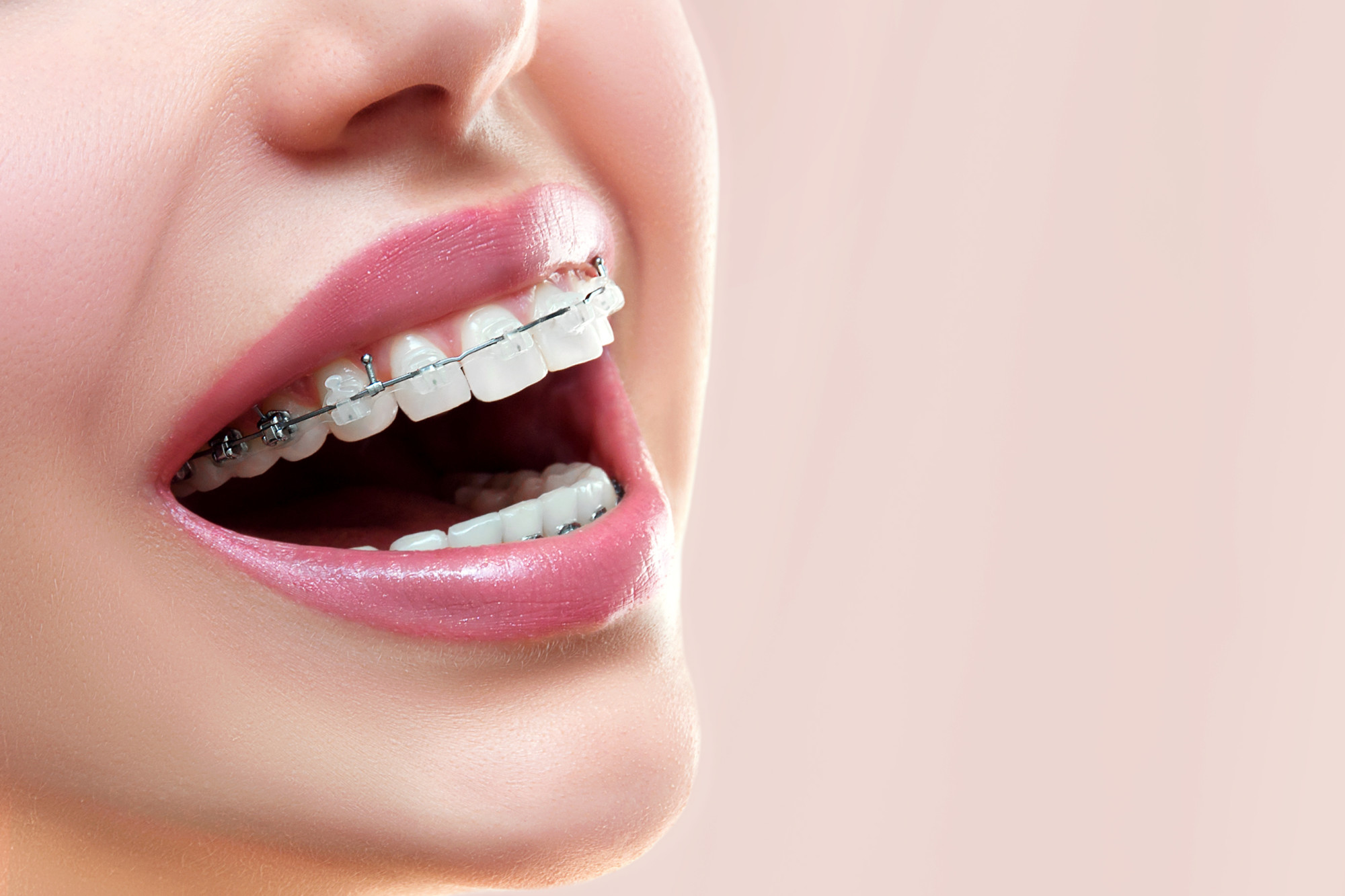Do you want straight teeth for the rest of your life? Are you considering orthodontics and don’t know which material’s right for you?
Choosing the right metal vs ceramic braces is essential to your long-term health. That’s why we’re breaking down the pros and cons of the major types available.
Want to know more? Keep reading to learn which braces are right for you.
What Are Metal Braces?
Metal braces are one of the most common orthodontic treatments available for patients who need to realign teeth and jaws. Metal braces consist of brackets attached to teeth. They are then connected with a special type of wire to encourage teeth to move into proper alignment.
The brackets compose of stainless steel. They come in a variety of sizes and shapes to accommodate different types of teeth and situations. The braces are often accompanied by elastic bands or rubber bands, which help maintain the proper tension of the wire and keep teeth in place.
Metal braces are popular because of their durability, making them ideal for long-term treatment. They are also easier to adjust and access at the orthodontist’s office and require fewer visits than other types of braces. With metal braces, teeth usually take 1 to 3 years to become properly aligned.
Different Types of Metal Braces
Metal braces have a wide selection of brackets and wires. Orthodontists can customize them to meet each patient’s individual needs. Lingual braces are one type of metal braces placed behind the teeth instead of in front so they are less noticeable.
Self-ligating braces are also an option, which use a clip system that allows for easier adjustment and quicker treatment time. Traditional metal braces are the most affordable option, and they can fix a variety of orthodontic issues.
Advantages of Metal Braces
The benefits include a correction of Temporomandibular Joint (TMJ) disorders and correction of misalignment. They also help in improving one’s ability to bite and chew, one’s ability to speak, and one’s facial aesthetics.
Metal braces also produce more noticeable results in a shorter period than other types of braces. They are more affordable than other types of braces.
Disadvantages of Metal Braces
Despite having been an often-used option, metal braces come with some disadvantages. Perhaps most notably, metal braces are prominent and noticeable. They may be uncomfortable and occasionally need tightening to stay in place.
Metal braces also need more care such as using wax for irritation, as well as special care for foods that might become stuck in the braces. They may increase the risk of decay and gum disease as the brackets may become difficult to keep clean.
Overall, metal braces can be an effective treatment option for improperly aligned teeth. But they also come with several disadvantages to consider.
What Are Ceramic Braces?
Ceramic braces are a type of orthodontic treatment that use brackets and wires to move teeth into a more desirable position. However, ceramic braces are much less visible than metal braces. This makes them more attractive to patients who are conscious about their appearance.
They compose of a translucent material that more closely blends in with your teeth color. This makes the braces almost invisible when worn. They tend to be thicker and stronger than clear plastic aligners but offer an aesthetically pleasing way to straighten teeth.
To ensure the same strong bond that metal braces provide, it also uses a strategy of bonding the brackets to the enamel of the tooth. Any age range and any type of tooth misalignment can use ceramic braces. If this interests you and you want to learn more about ceramic braces, you can find out
Advantages of Ceramic Braces
Ceramic braces compose of advanced material made that is both strong and light in weight. This combined with the tooth-like color of the ceramic means that the braces are not as easily visible as metal braces. They also minimize irritation and discomfort around the mouth since they are smaller.
Additionally, ceramic braces may require fewer tightening intervals. This results in fewer dental visits for adjustment and adjustment times.
Lastly, ceramic braces tend to have a shorter treatment time than metal braces. This means that they can be removed faster.
Disadvantages of Ceramic Braces
Although ceramic braces provide an aesthetic improvement, they come with some disadvantages. The ceramic material is more fragile than traditional metal brackets. If the brackets break, the patient may need to replace them.
Ceramic braces are also more expensive than metal braces. They require more care when it comes to flossing and eating. In some cases, the brackets can become stained or discolored, making them less attractive.
Metal vs Ceramic Braces: Which One Should I Get?
When it comes to choosing between metal and ceramic braces, it is important to consider your situation and preferences. Metal braces are generally cheaper than ceramic ones, but they are far more noticeable when you smile. Ceramic braces are less visible because they have a tooth-like color to them, but they are more expensive.
Both types of braces are effective, and many people find that they can straighten their teeth either way. If you are concerned about the cost or the appearance of the braces, metal could be the way to go. On the other hand, if you want an even more discreet look, ceramic braces may be the better choice.
Ultimately, the decision is up to you. Make sure to consult with your orthodontist to decide which braces will be best for your smile.
The Decision Is up to You
Both metal vs ceramic braces has their unique benefits and drawbacks. Ultimately, the ideal choice depends on how well braces match your lifestyle, budget, and treatment goals.
If you want to learn more, talk to your orthodontist to see which option will work best for your individual needs. Don’t wait for your teeth issues to get worse. Work your way towards a brighter and wider smile.
Did you find this article helpful? If so, check out the rest of our site for more.









